
Ingredient
Juniper (infusion bark, wood, shoots)
Exploring the Essence of Juniper: From Bark to Shoots
Juniper is characterized by its pungent, resinous, and slightly citrusy flavor, with a hint of pine. It offers a pleasant and refreshing taste, enhancing both sweet and savory dishes with its aromatic profile. The infusion bark, wood, and shoots of juniper are commonly used to extract its flavor.
Origins and history
Juniper has a rich history dating back centuries. It has been used in traditional medicine, culinary practices, and even as a spiritual symbol in various cultures. Juniper is native to Europe, particularly the Scandinavian region, and has been a staple ingredient in their cuisine. It is also prevalent in Mediterranean cooking, where it adds a unique touch to dishes.
Nutritional information
Juniper is a good source of antioxidants and essential oils. It is also known for its diuretic properties and has been used in traditional medicine for its potential health benefits. However, it should be consumed in moderation due to its strong flavor and potential interactions with certain medications.
Allergens
Juniper may cause allergic reactions in individuals who are sensitive to pine or other similar plants. It is advisable to exercise caution and consult a healthcare professional if you have known allergies or sensitivities.
How to select
When selecting juniper, look for berries that are plump, firm, and deep blue in color. Avoid berries that appear shriveled or have a dull color, as they may indicate poor quality or age. Opt for organic or wild-harvested juniper berries whenever possible to ensure the absence of pesticides or contaminants.
Storage recommendations
To maintain the freshness of juniper berries, store them in an airtight container in a cool, dark place. Properly stored juniper berries can retain their flavor for up to a year. Ground juniper should be stored in a sealed container away from heat and light to preserve its aromatic properties.
How to produce
Juniper can be grown at home by planting juniper seeds or cuttings in well-draining soil and providing adequate sunlight. However, it requires patience and specific growing conditions, making it more suitable for experienced gardeners.
Preparation tips
Juniper berries can be crushed or ground to release their flavor and used as a seasoning for meats, particularly game meats like venison or duck. They are also a key ingredient in gin production, providing its distinctive taste. Juniper shoots can be used as a garnish or infused in oils or vinegars to add a unique touch to salads or marinades.
Substitutions
Dried or fresh rosemary can be used as a substitute for juniper berries, as they share similar aromatic and pine-like flavors. However, the intensity may vary, so adjust the quantity accordingly. Alternatively, you can use a combination of bay leaves, black peppercorns, and coriander seeds to mimic the flavor profile of juniper berries.
Culinary uses
Juniper is commonly used in Scandinavian cuisine, where it is a key ingredient in dishes like gravlax (cured salmon) and traditional sausages. It is also prevalent in Mediterranean cooking, particularly in Italian cuisine, where it adds a distinctive flavor to dishes like osso buco and game stews.
Availability
Juniper is commonly available in Europe, particularly in countries like Sweden, Norway, and Italy. It can also be found in specialty stores or online retailers that cater to international ingredients.
More ingredients from this category » Browse all
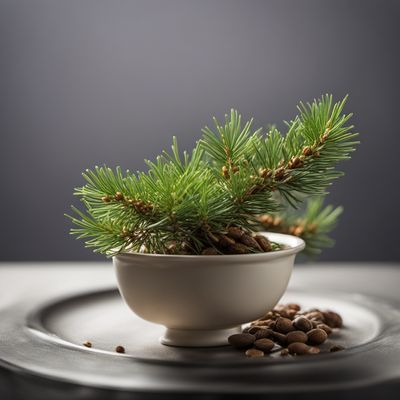
Dwarf mountain pine (infusion shoots)
The Aromatic Essence of Dwarf Mountain Pine
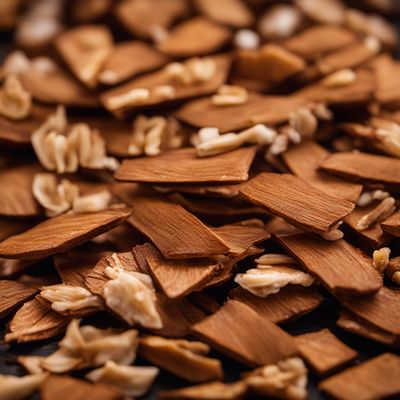
Quassia (infusion bark, wood)
Bitter Elixir from Nature's Pharmacy
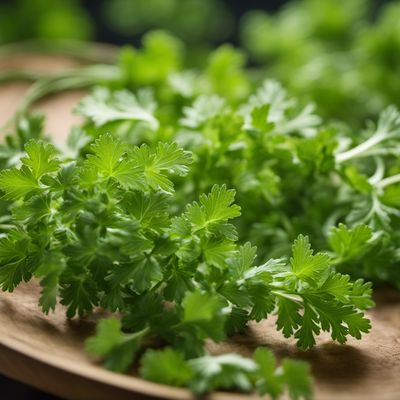
Parsley (infusion fruits)
The Versatile Herb: Unveiling the Infusion Fruits of Parsley

Hibiscus (infusion seeds)
The Vibrant Infusion

Purging cassia (infusion fruits)
The Detoxifying Spice: Purging Cassia

Lapacho (infusion bark)
The Healing Elixir from the Forest

Cocoa (infusion husks)
The Essence of Cocoa Infusion Husks

Sour cherry (infusion stems)
The Tangy Elixir: Sour Cherry Infusion Stems
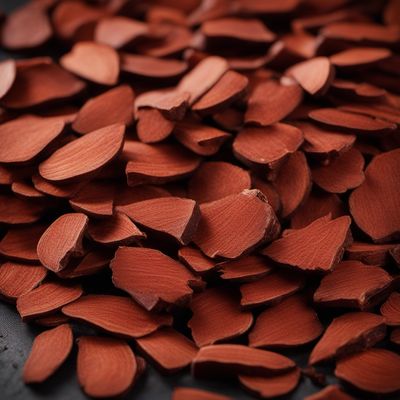
Red sandalwood (infusion bark, wood)
The Scarlet Elixir

Horse-chestnut (infusion seeds, bark)
The Majestic Remedy

Guarana (infusion seeds)
The Energizing Amazonian Seed
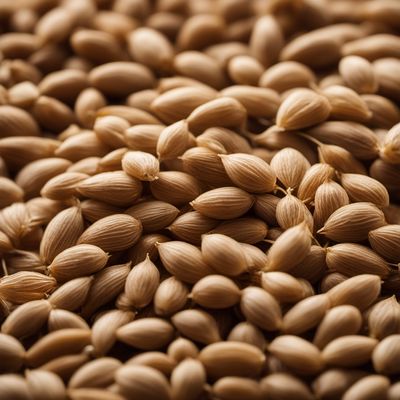
Blond psyllium (infusion seeds, husks)
The Fiber Powerhouse: Unveiling the Secrets of Blond Psyllium